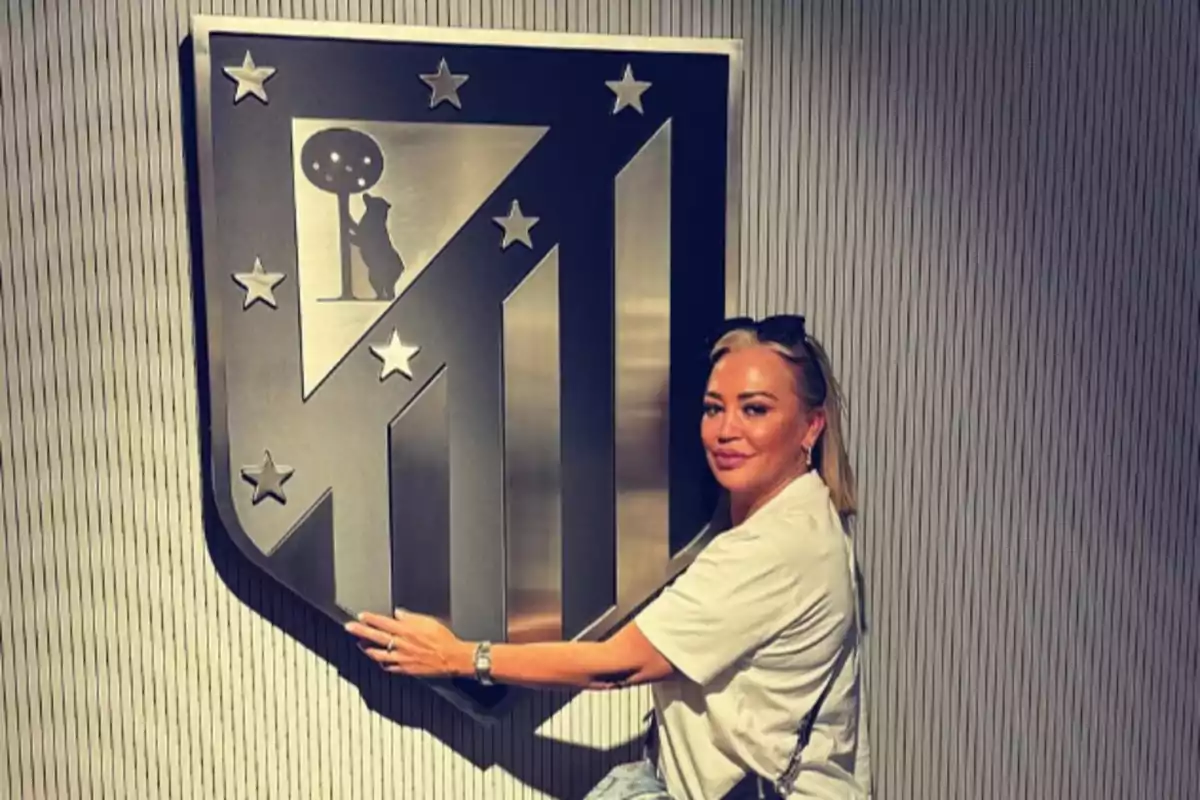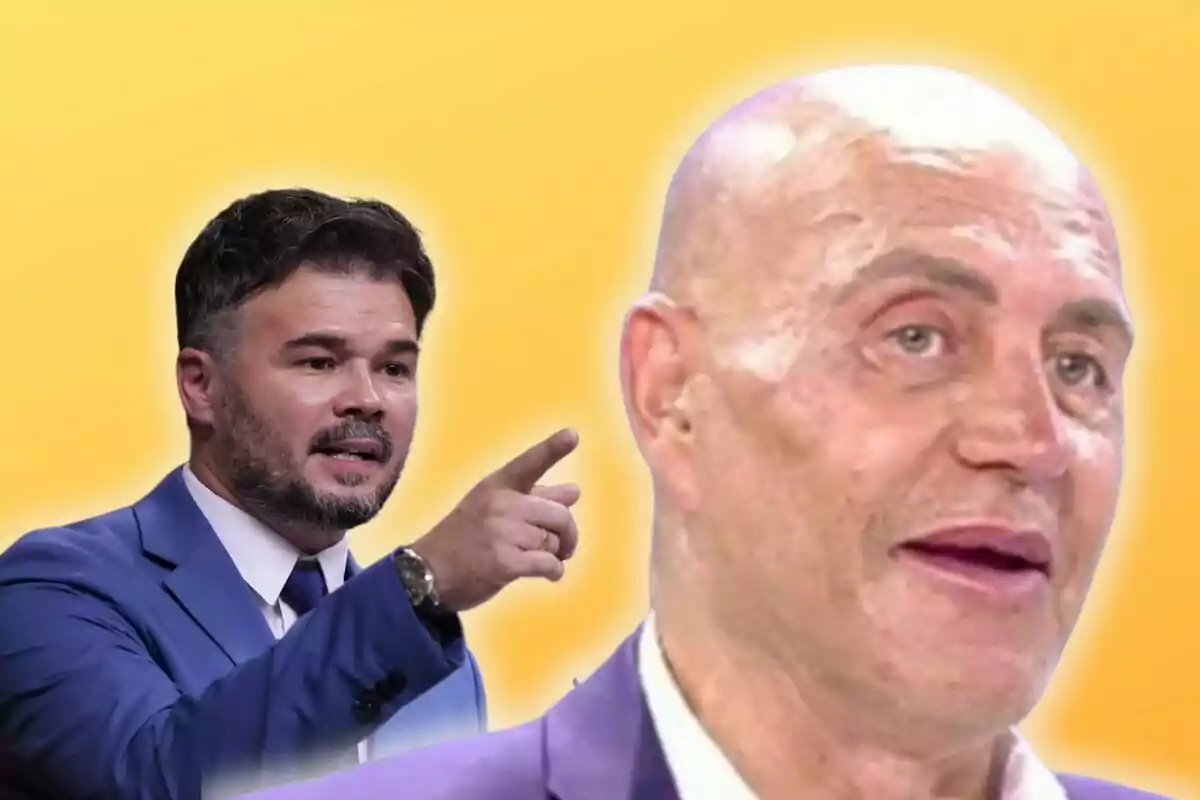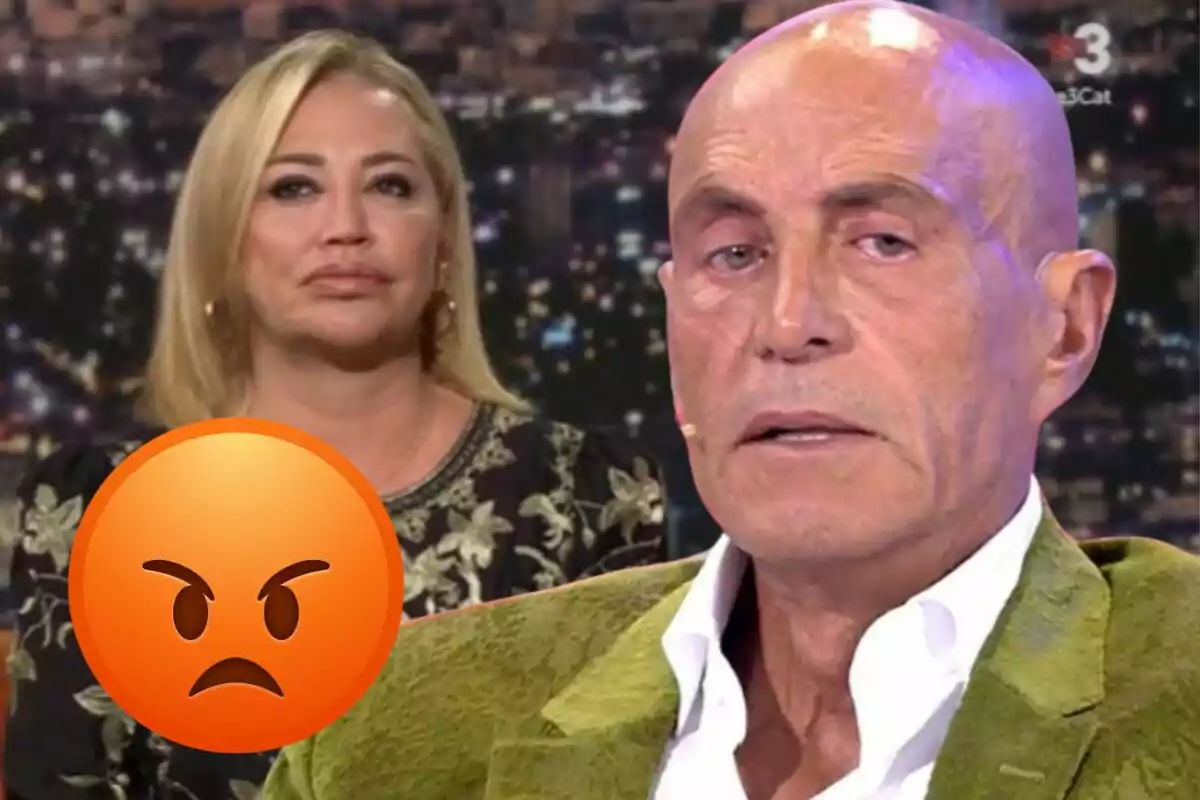Since its launch on May 5, La familia de la tele promised to revolutionize RTVE's afternoons. With a lavish parade under the rain, it was announced as the "white" evolution of the famous Sálvame. However, before the audience, the praise, and the expectations: silence. Now, less than two months after its premiere, a final episode that no viewer saw coming... but many desired.
brief, very brief
This Wednesday, June 18, the last episode of the magazine show will air, after a run marked by continuous changes, schedule relocations, and an audience that never rose above a 4.3%–5% share. RTVE president José Pablo López acknowledged that the bet didn't have the desired impact, and decided to replace it with other formats like Malas lenguas and a renewed edition of Aquí la tierra.
One notable element: the collaborators didn't take long to joke about the situation. Kiko Matamoros said it loud and clear: "We're going to collect unemployment... with your taxes." A phrase that has gone down in the history of this kind of television and shows the kind of people they are.

more reactions from the set
María Patiño said goodbye by stating on social media: "I bet and I didn't lose," asserting that the project, although brief, was a valuable professional bet. Grateful to the team, she also expressed her desire for new paths: "the truth will be told."
Belén Esteban, visibly grateful, commented that the end wasn't a goodbye but a "see you later."
Inés Hernand confirmed that she wasn't officially notified, and assured that she would keep showing up for the daily position until RTVE told her otherwise.

the failure of a depreciated product
RTVE unions labeled the show as a "failure" and described several of its faces as "burned out and outdated" abc.es. There was also internal conflict, with accusations of classism and lack of transparency in resource allocation.
Beyond the tabloid channel, the closure of this format has even served as a metaphor for the exhaustion of certain public projects: some media have used it to illustrate the "media noise, little support" strategy.

The format aimed for more than entertainment: it was a deliberate attempt to bring the Sálvame phenomenon to public television, but adapted to its public service identity. However, the disconnect with the audience and internal criticism marked an uneven path from the start.

